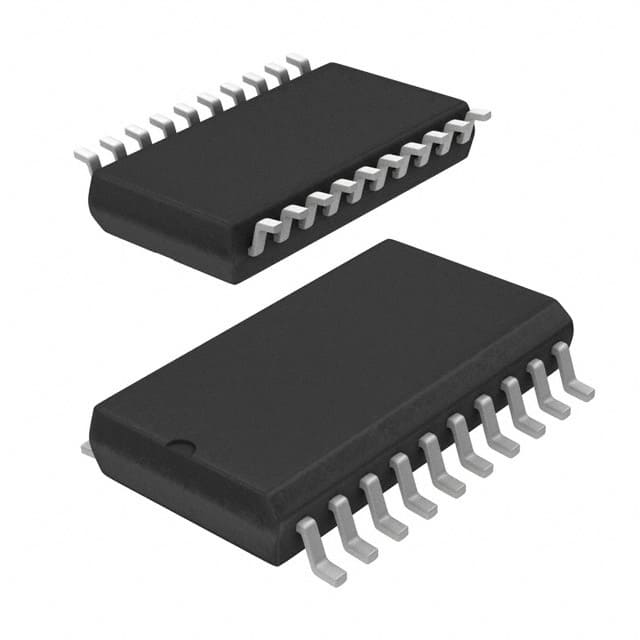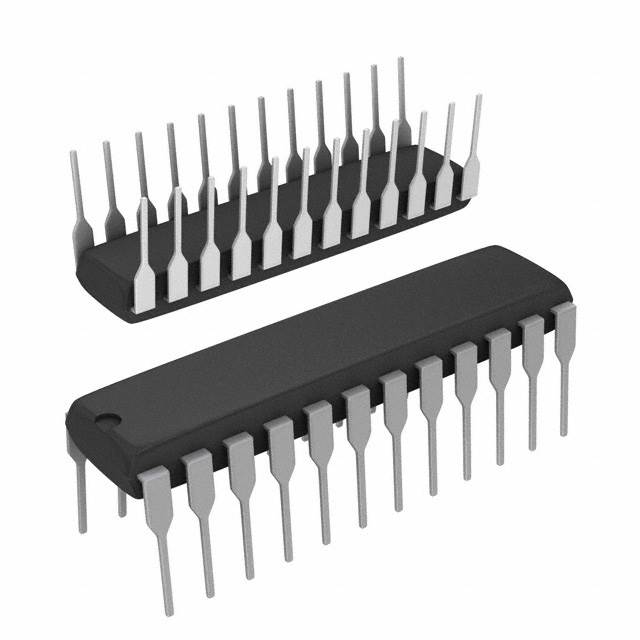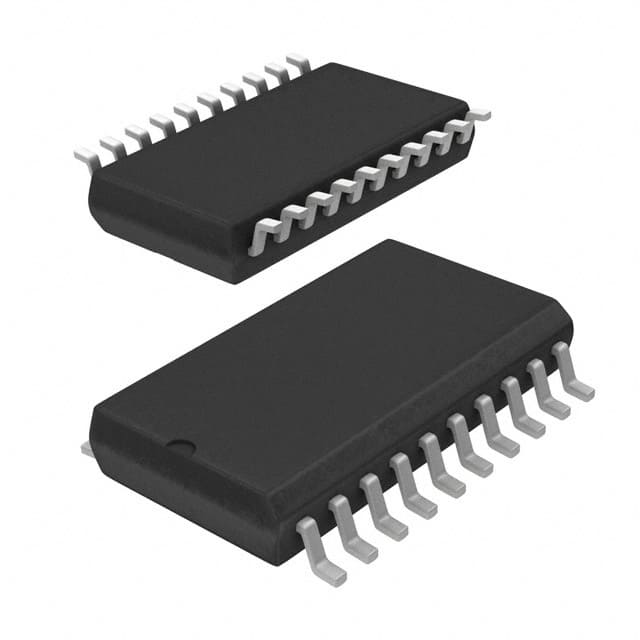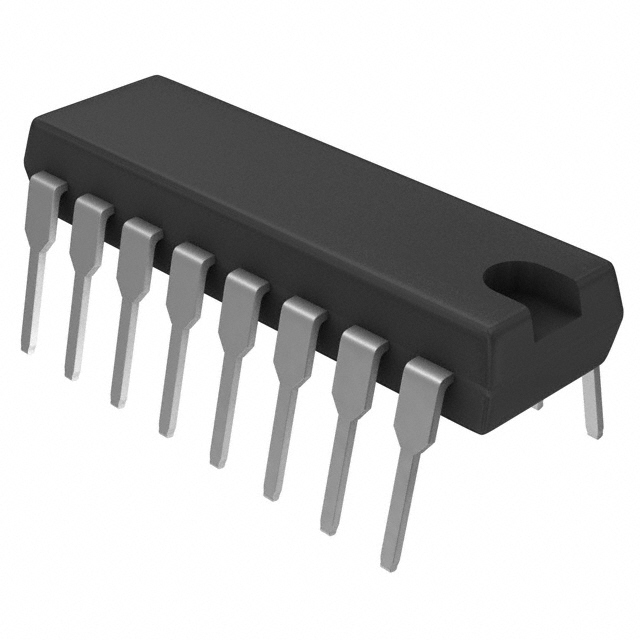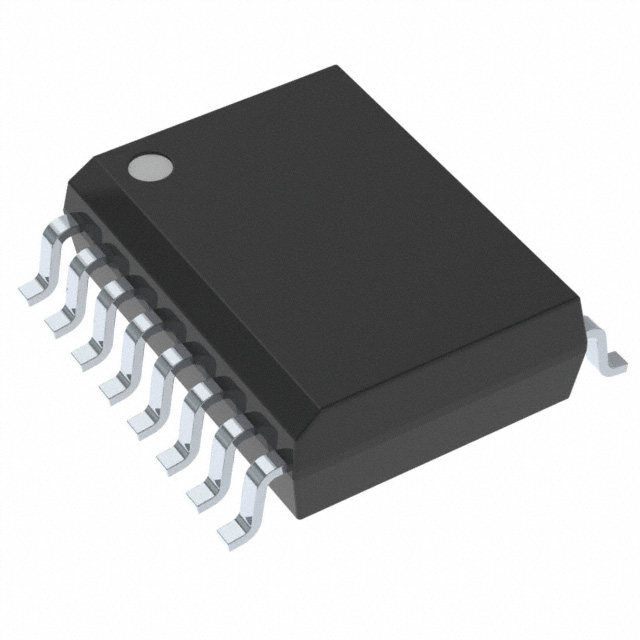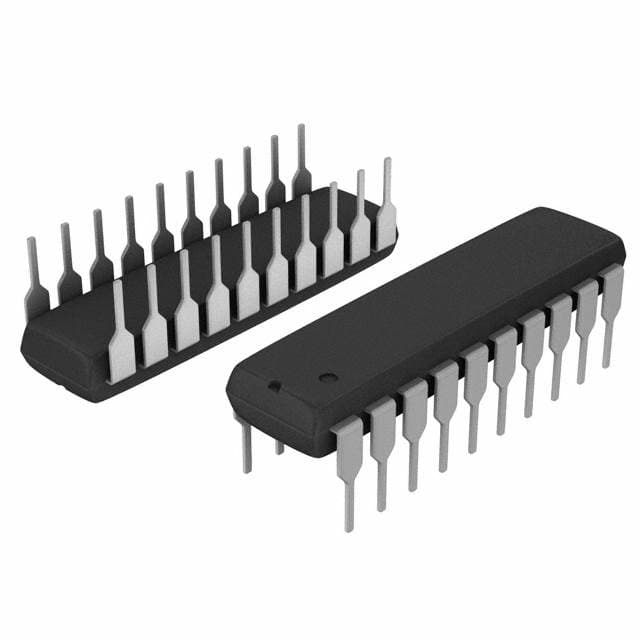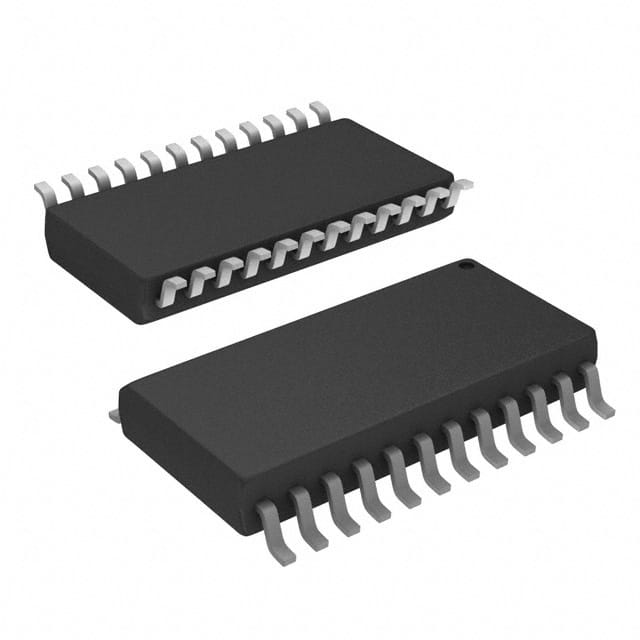AD7703BR Product Introduction:
Analog Devices Inc. Part Number AD7703BR(Data Acquisition - Analog to Digital Converters (ADC)), developed and manufactured by Analog Devices Inc., distributed globally by Jinftry. We distribute various electronic components from world-renowned brands and provide one-stop services, making us a trusted global electronic component distributor.
AD7703BR is one of the part numbers distributed by Jinftry, and you can learn about its specifications/configurations, package/case, Datasheet, and other information here. Electronic components are affected by supply and demand, and prices fluctuate frequently. If you have a demand, please do not hesitate to send us an RFQ or email us immediately sales@jinftry.com Please inquire about the real-time unit price, Data Code, Lead time, payment terms, and any other information you would like to know. We will do our best to provide you with a quotation and reply as soon as possible.
Introducing the Analog Devices Inc. AD7703BR, a cutting-edge analog-to-digital converter designed to revolutionize data acquisition systems. With its exceptional performance and versatile features, this product is set to redefine the industry standards.
The AD7703BR boasts a high-resolution sigma-delta ADC architecture, enabling it to achieve an impressive 16-bit resolution. This ensures accurate and precise conversion of analog signals into digital data, making it ideal for applications that require precise measurements. Additionally, the device offers a wide input voltage range, from -5V to +5V, allowing for flexible signal acquisition.
One of the standout features of the AD7703BR is its low power consumption, making it an energy-efficient solution for battery-powered applications. Furthermore, it incorporates a programmable gain amplifier, providing users with the flexibility to amplify weak signals and improve signal-to-noise ratio.
The AD7703BR finds its application in a wide range of fields. It is particularly well-suited for industrial automation, where it can be used for process control, data logging, and sensor interfacing. Additionally, it is an excellent choice for medical devices, enabling accurate measurement of vital signs and patient monitoring. The AD7703BR also finds its place in scientific research, where precise data acquisition is crucial.
In summary, the Analog Devices Inc. AD7703BR is a high-performance analog-to-digital converter that offers exceptional resolution, low power consumption, and versatile features. With its wide range of applications, this product is set to empower engineers and researchers in various industries, enabling them to achieve accurate and reliable data acquisition.
Analog to digital Converters (ADCs) are electronic devices used to convert continuously varying Analog signals into discrete Digital signals. This process usually includes three steps: sampling, quantization and coding. Sampling means capturing the instantaneous value of an analog signal at a fixed frequency; Quantization approximates these transient values to the nearest discrete level; Finally, the encoding converts the quantized value into binary numeric form.
Application
ADCs(Analog-to-digital Converters) is widely used in a variety of scenarios, such as audio and video recording, measuring instruments, wireless communications, medical devices, and automotive electronics. For example, in audio devices, the ADC is responsible for converting the sound signal captured by the microphone into a digital format for easy storage and transmission.
FAQ about Data Acquisition - Analog to Digital Converters (ADC)
-
1. What is analog data acquisition?
Analog data acquisition refers to the process of converting continuously changing signals of physical quantities into digital signals so that computers can process and record these signals. This process involves the use of an analog quantity collector, which is a hardware device that can convert analog signals of physical quantities into digital signals and then transmit them to a computer for processing and recording.
-
2. What process converts analog to digital?
There are three basic processes for analog to digital conversion:
The first process is "sampling", which is to extract the sample value of the analog signal at equal intervals to turn the continuous signal into a discrete signal.
The second process is called "quantization", which is to convert the extracted sample value into the closest digital value to represent the size of the extracted sample value.
The third process is "encoding", which is to represent the quantized value with a set of binary digits. After these three processes, the digitization of the analog signal can be completed. This method is called "pulse encoding".
After the digital signal is transmitted to the receiving end, a restoration process is required, that is, the received digital signal is converted back to an analog signal so that it can be understood by the receiver. This process is called "digital-to-analog conversion", which reproduces it as sound or image.
-
3. What is the principle of analog-to-digital converters?
The working principle of the analog-to-digital converter (ADC) is to convert analog signals into digital signals through four processes: sampling, holding, quantization, and encoding.
The main components of the analog-to-digital converter include samplers and quantizers, which work together to convert continuous analog signals into discrete digital signals. This process requires a reference analog quantity as a standard, and the maximum convertible signal size is usually used as the reference standard. The basic principles of the analog-to-digital converter can be summarized as follows:
Sampling: The analog-to-digital converter first samples the input analog signal through a sampling circuit, that is, discretizes the analog signal on the time axis.
Holding: The sampled signal is held by the holding circuit for the next quantization and encoding process.
Quantization: The quantization process is to divide the amplitude of the sampled and held analog signal into a finite number of le
 Lead free / RoHS Compliant
Lead free / RoHS Compliant



